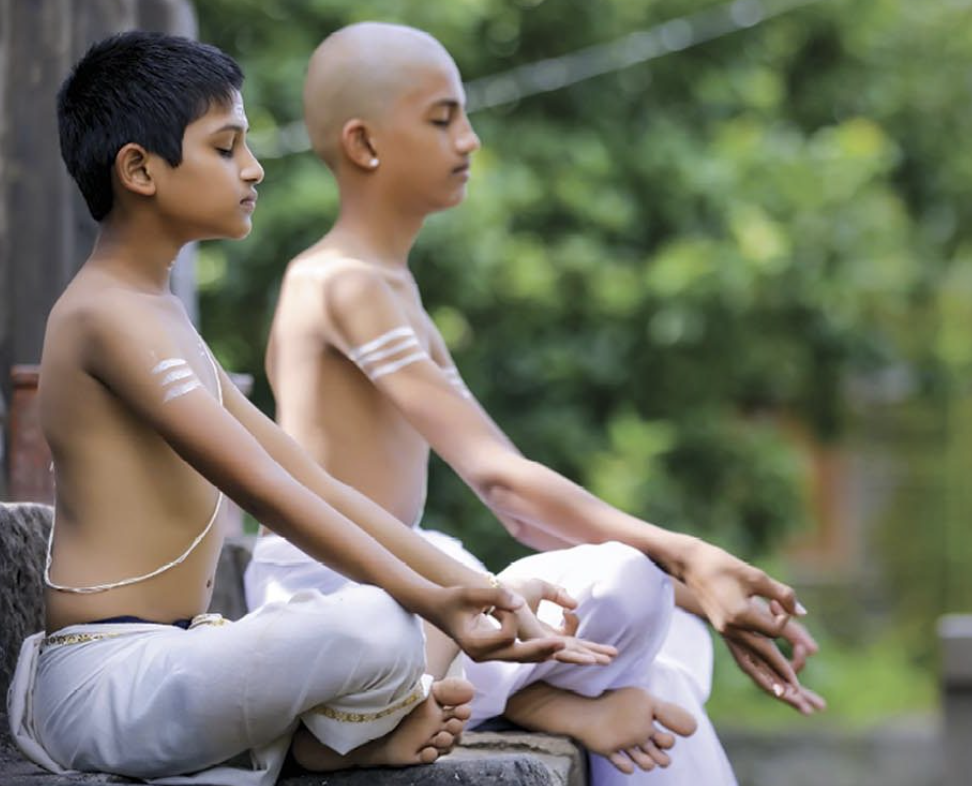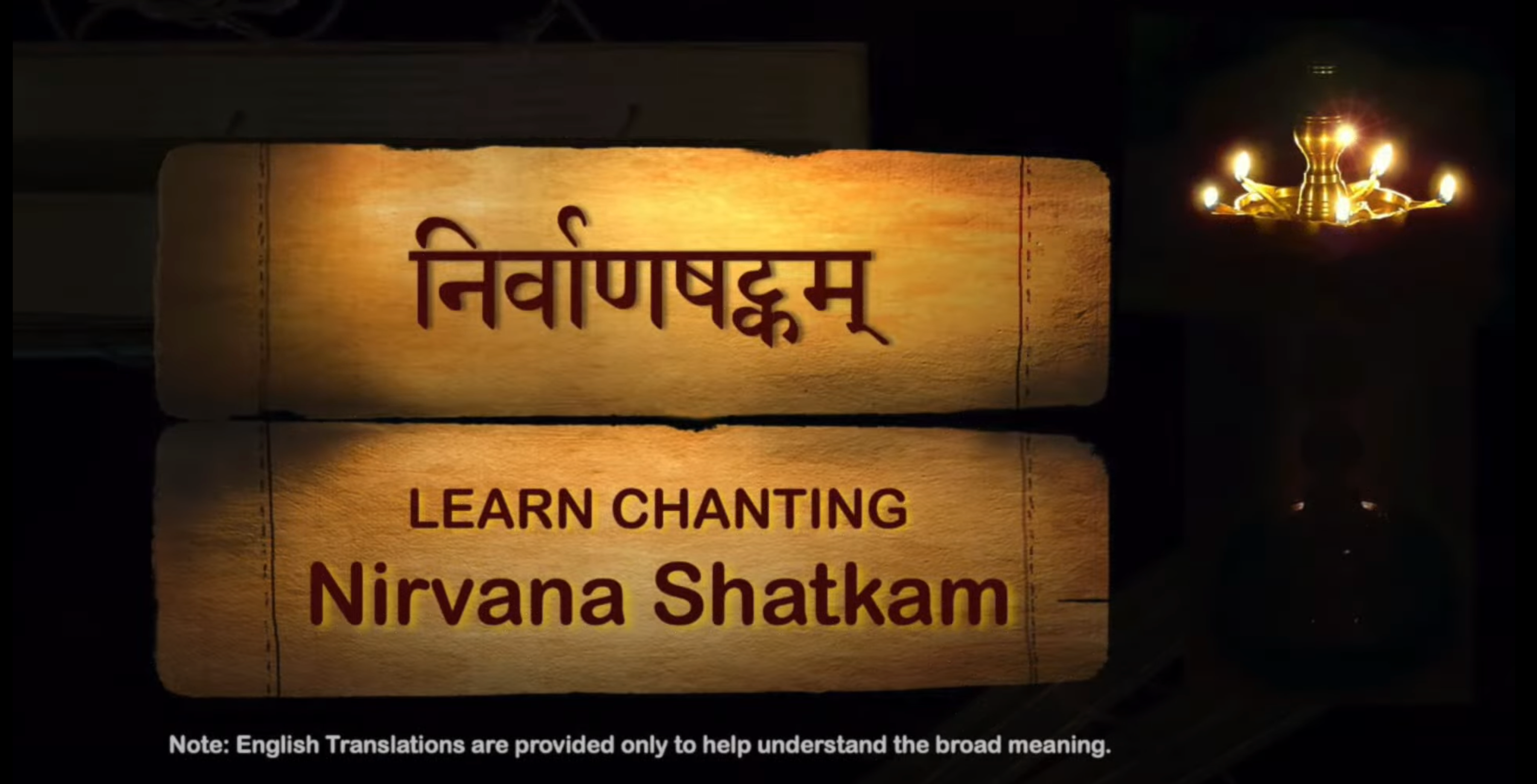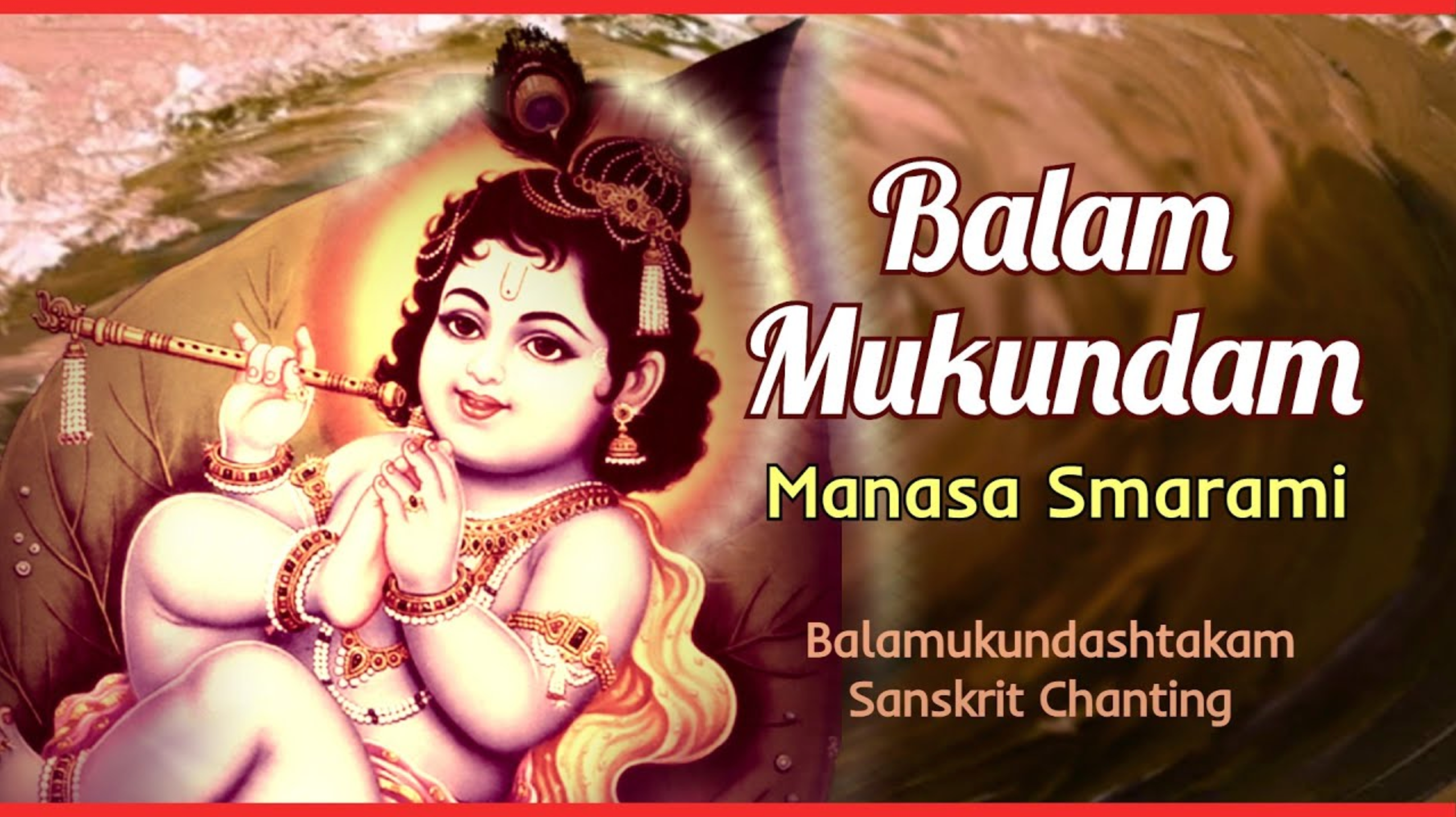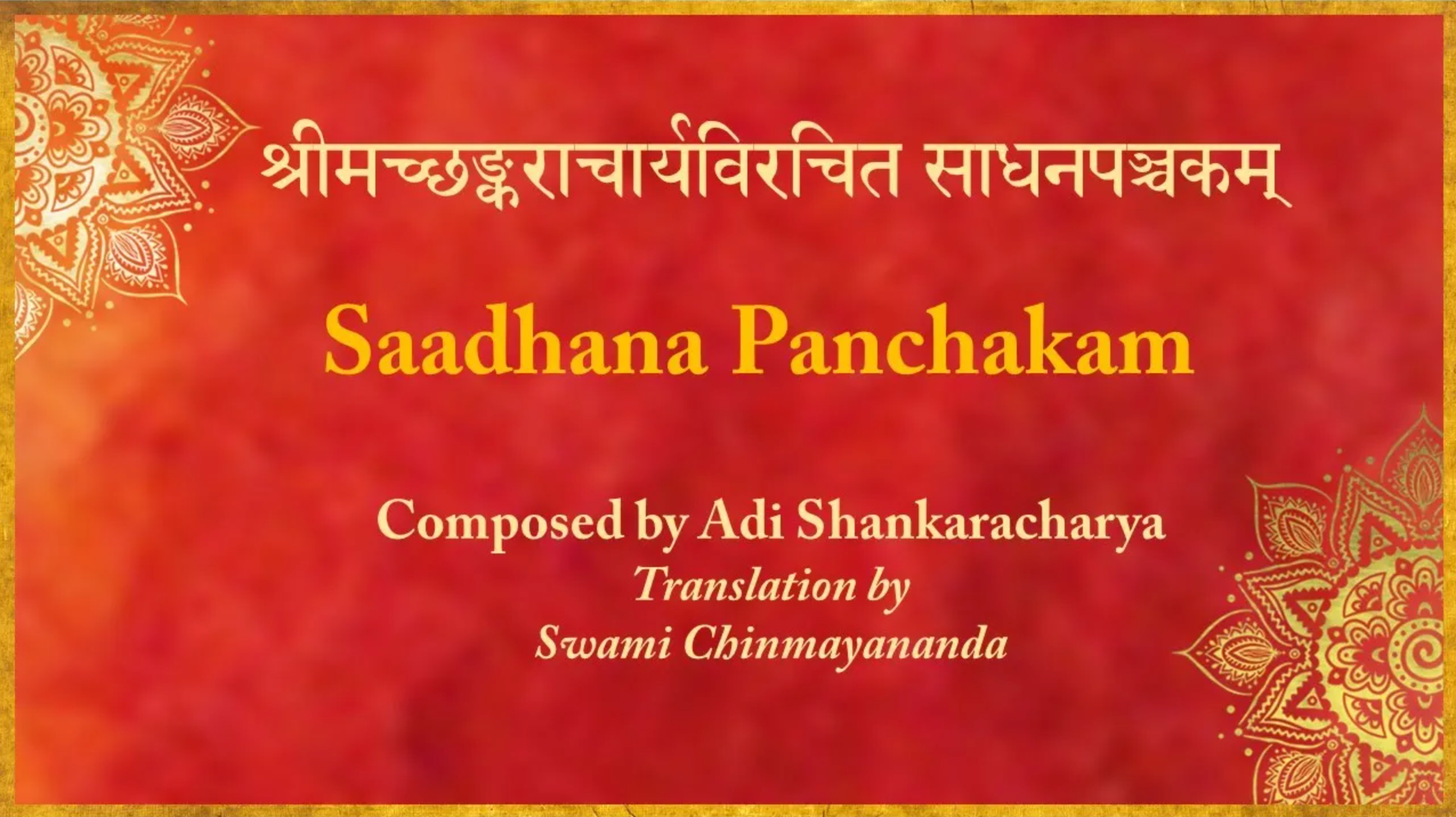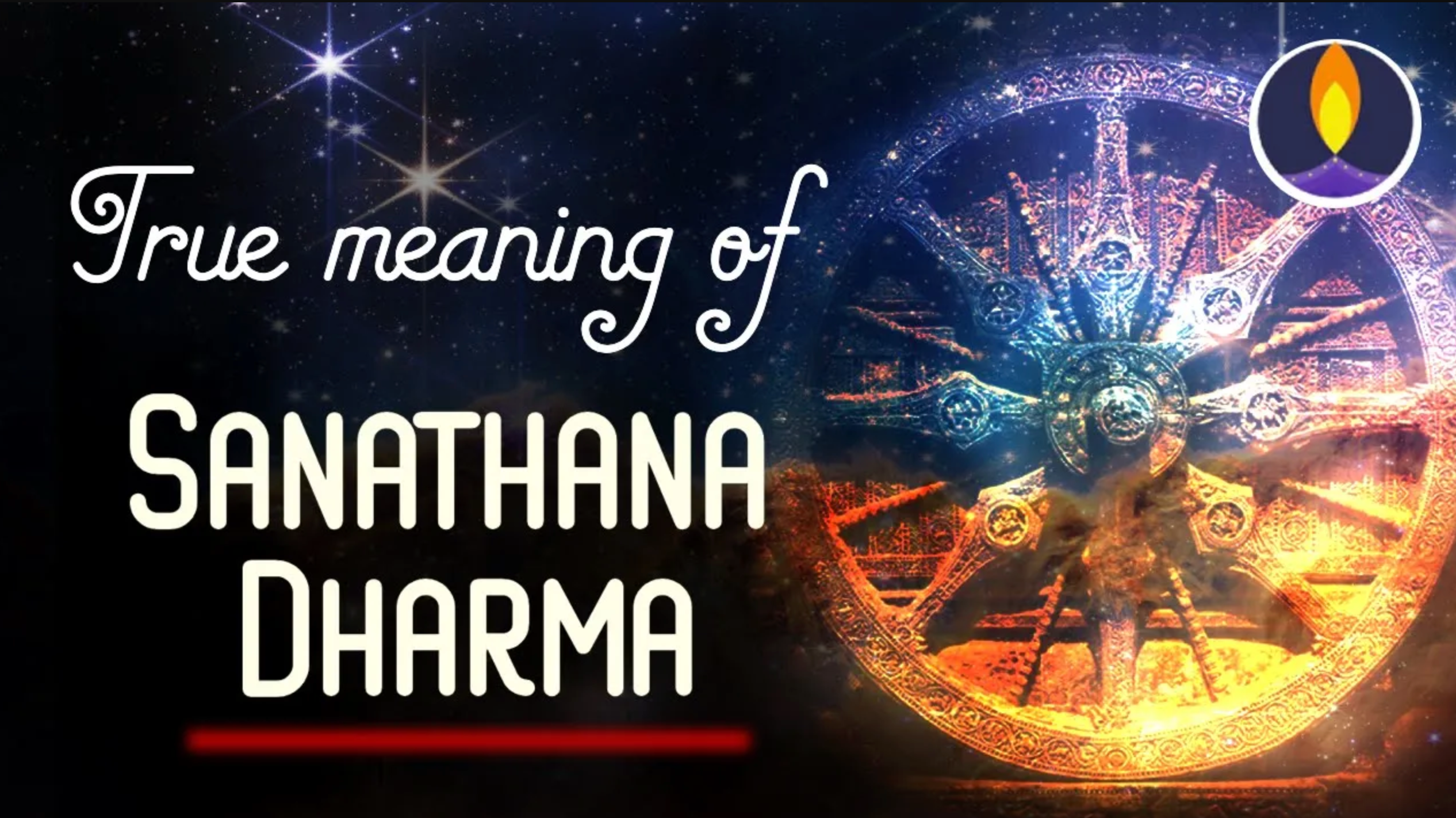In the classical study of shastras, there is a concept of 'Anubandha Chatushtaya".
Anubandha Chatushtaya is a framework that defines and categorises a text. It consists of four components:
1. Adhikari - The qualified student or seeker
2. Vishaya - The subject or content of the text
3. Prayojana - The purpose or benefit of studying the text
4. Sambandha - The connection between the subject and the purpose
This framework helps in understanding the relevance and utility of a text for a student.
Among the Anubandha Chatushtaya this blog post will be outlining the Adhikari Lakshana meaning the eligibility criteria for the study of Vedanta.
Lakshana - अधिकारी तु विधिवत्-अधीत वेद-वेदाङ्गत्वेन आपाततः अधिगत-अखिल-वेदार्थः अस्मिन् जन्मनि जन्मान्तरे वा काम्यनिषिद्धवर्जनपुरस्सरं नित्य-नैमित्तिक-प्रयश्चित्तोपासना अनुष्ठानेन निर्गत निखिल कल्मशतया नितान्तनिर्मलस्वान्तः साधना चतुष्टय संपन्नः प्रमाता |
विधिवत् अधीत वेद वेदङ्गत्वेन - the one who has officially studied the Vedas along with their Vedangas. (The six vedangas - Shiksha, Vyakarana, Chanda, Nirukta, Jotishya and Kalpa) An eligible student for Vedanta should have undergone a traditional study of the Vedas and the Vedangas, this ensures a comprehensive understanding of the Vedic texts.
Now, to this the following words are added :
आपाततः अधिगत अखिल वेदार्थः - meaning the student should have an initial grasp and an overall summary of the Vedas and teachings and essence.
This state of Knowing the Vedas both in depth and summarised can be acquired both in this life time or in past lives. as said :
अस्मिन् जन्मनि जन्मान्तरे वा - The Vedic qualifications and preparatory practices may have been acquired in this life or previous lifetimes. This acknowledges the continuity of spiritual practice across lifetimes.
Then the code of conduct is established -
काम्य-निषिद्ध वर्जन पुरस्सरम् - Karmas are of may types, such as Vidhi, Nishedha, Kamya etc. The aspirant to be eligeble for Vedanta must strive to avoid actions driven by Kama desires - Kamya karma and as well as those that are forbidden - Nishiddha Karma. This ensures a pure and disciplined lifestyle.
नित्य नैमित्तिक प्रयश्चित्तोपसना अनुष्ठानेन निर्गता निखिल कल्मषतया - One must purify oneself through the Nitya Karmas - Daily activities performed such as Sandhya vandana. (These won't necessarily increase Punya - merit, but they will contribute to the reduction of Paapa - fruits of previously performed sins)
Naimittika Karmas - Activities performed occasionally, such as the Darsha-Purna masa yagna performed every fortnight.
Prayaschitta Karmas - Rites that induce the burning of karmas. Penance.
Upasana Karmas - Worshipping Gods traditionally.
Anushthana Karmas - Worshipping all gods as the Universal force in an internal manner.
नितान्तनिर्मलस्वान्तः - By performing the above listed activities, one will be free of all kalmasha - Impurities.
साधना चतुष्टयसंपन्नः - The student myst also have the four fold virtue. The four folds are Viveka, Vairagya, Shat-Sampat and Mumukshutva.
1. Viveka - Known as Nitya-Anitya Vastu Viveka. The ability to discriminate between real and unreal (The reality of the Atma and the illusory nature of the world is a widely discussed are in Advaita - Vedanta)
2. Vairagya - Known as Ihamutra phala bhoga viraga. The feeling of saturation and disspassion towards worldly and other-worldly (Heavenly) pleasures.
3. Shat-Sampat - This is a sixfold virtue which is deemed necessary for any sort of spiritual progress not only in vedanta, but in all other schools of Hindu philosophy.
A. Shama - The ability to keep one's mind stable.
B. Dama - The ability to control the senses, therefore the reactions to external stimuli.
C. Upariti - A stage where all traditionnly mentioned and priscribed, extroverted methods of worship start falling apart; revealing a strong inward currunt towards the Universal Divinity.
D. Titiksha - Forebarence.
E. Samadhana - Contentment.
F. Shraddha - Unassailable faith.
4.Mumukshutva - The deep longing towards Libration.
According to the Scriptures if one is able to active all the above listed criteria; one is technically eligible to study Vedanta.
Source: Vedantasara, a preliminary vedanta textbook authored in the 15th century by Swami Sadananda Yogindra Saraswati.


